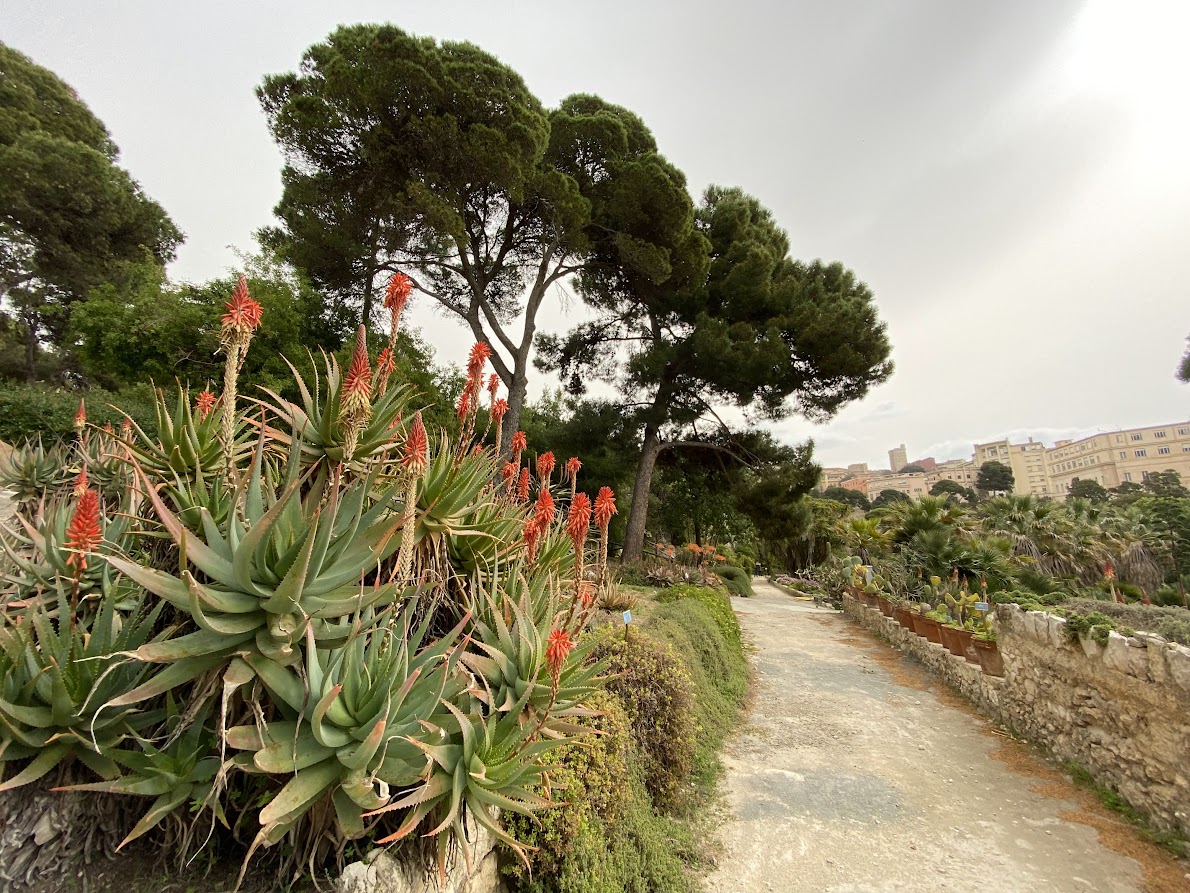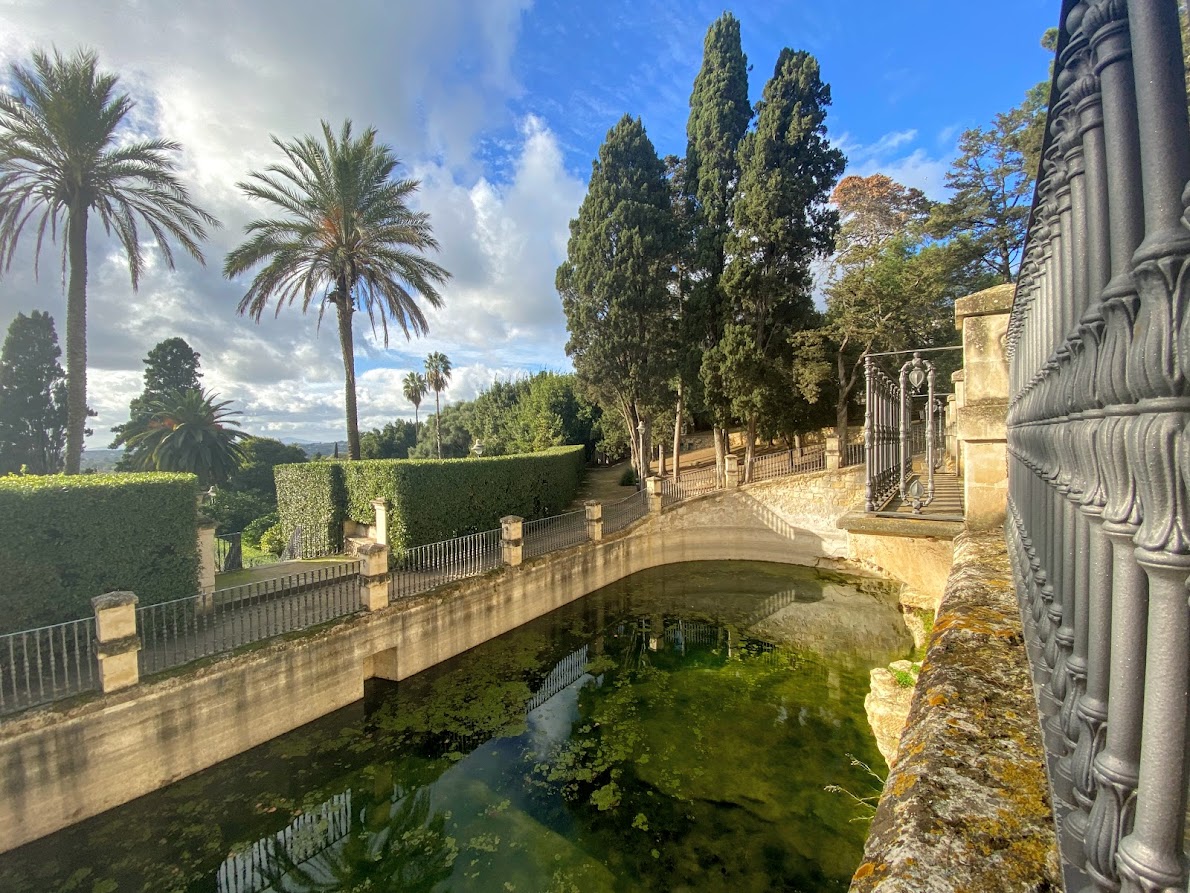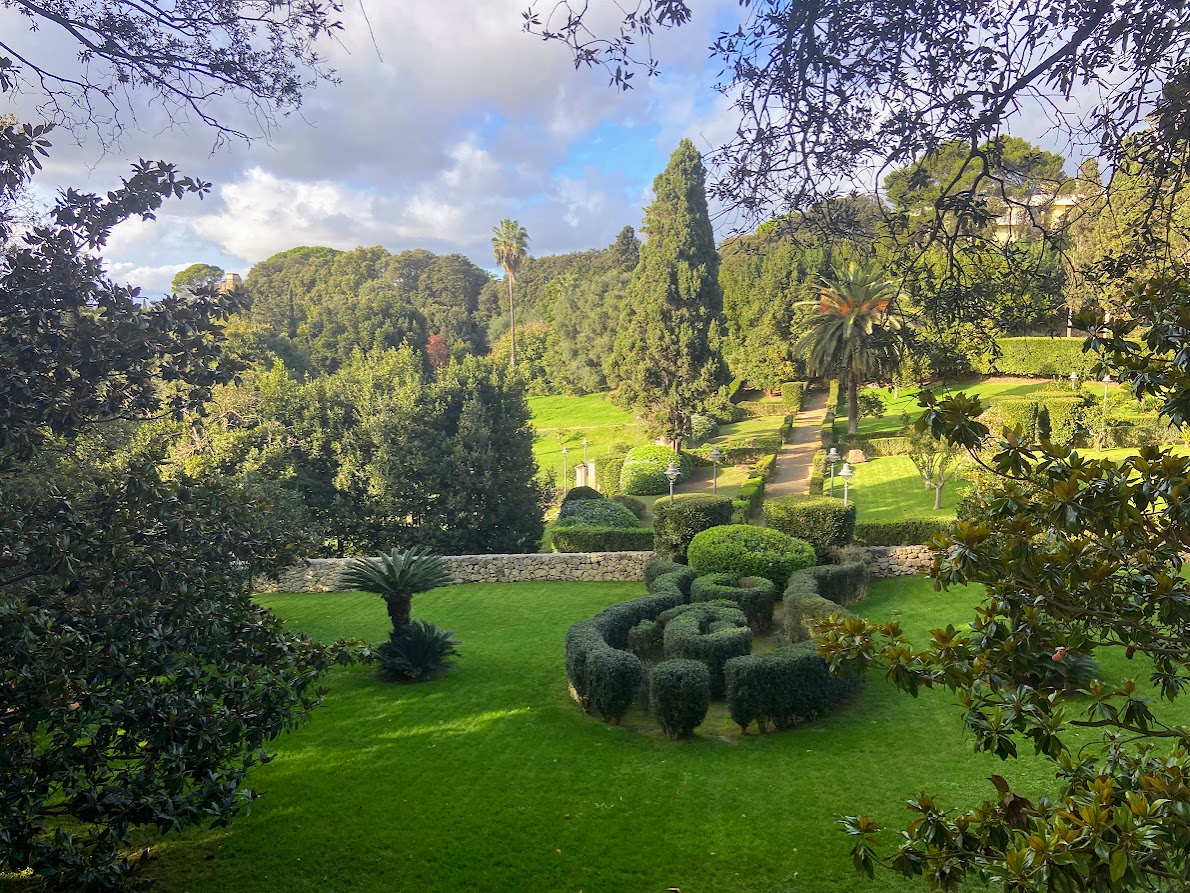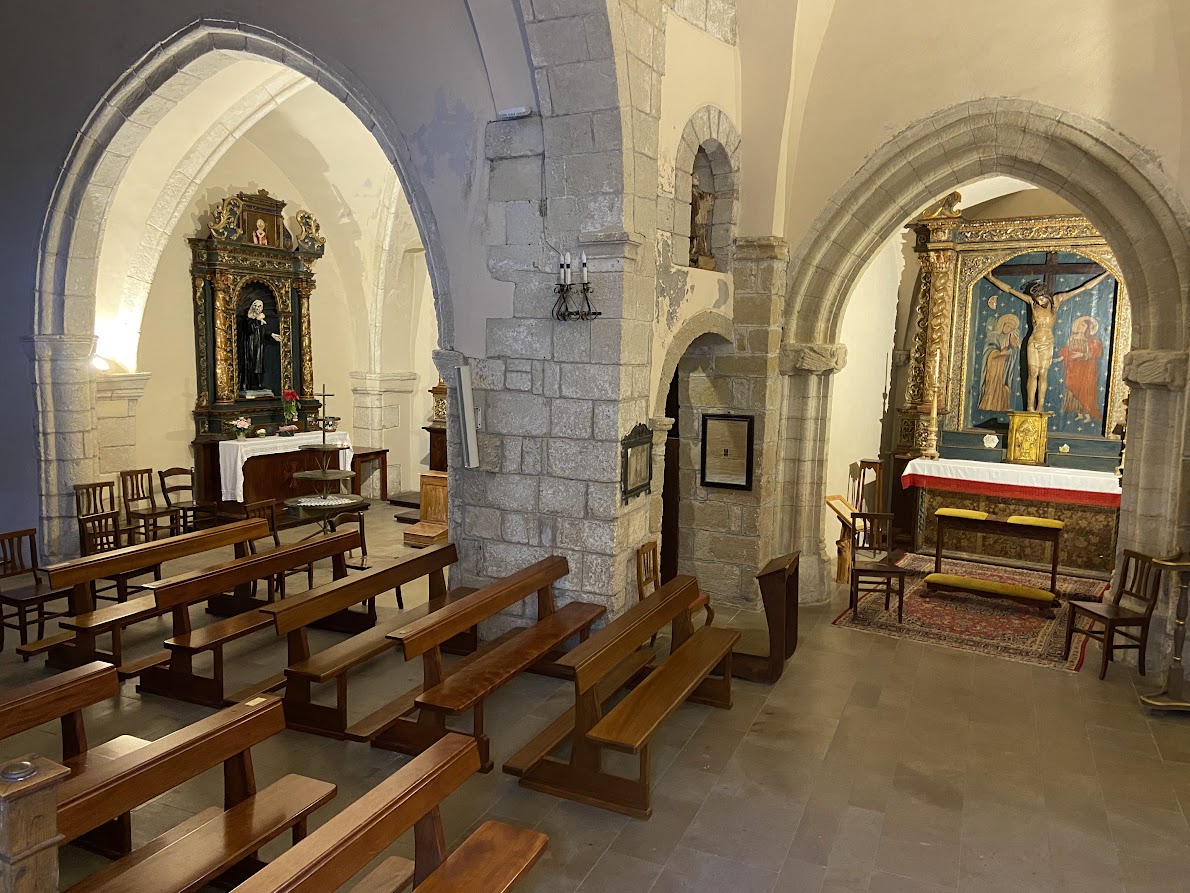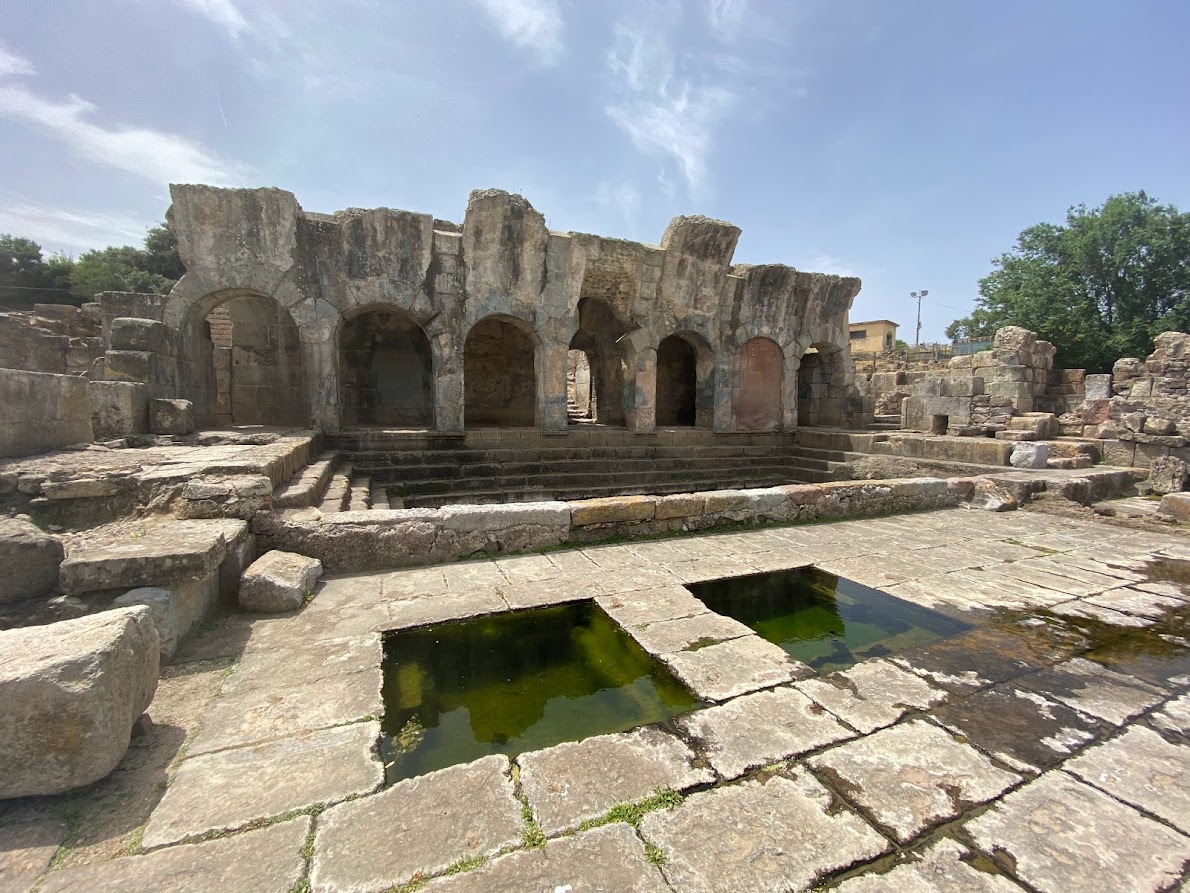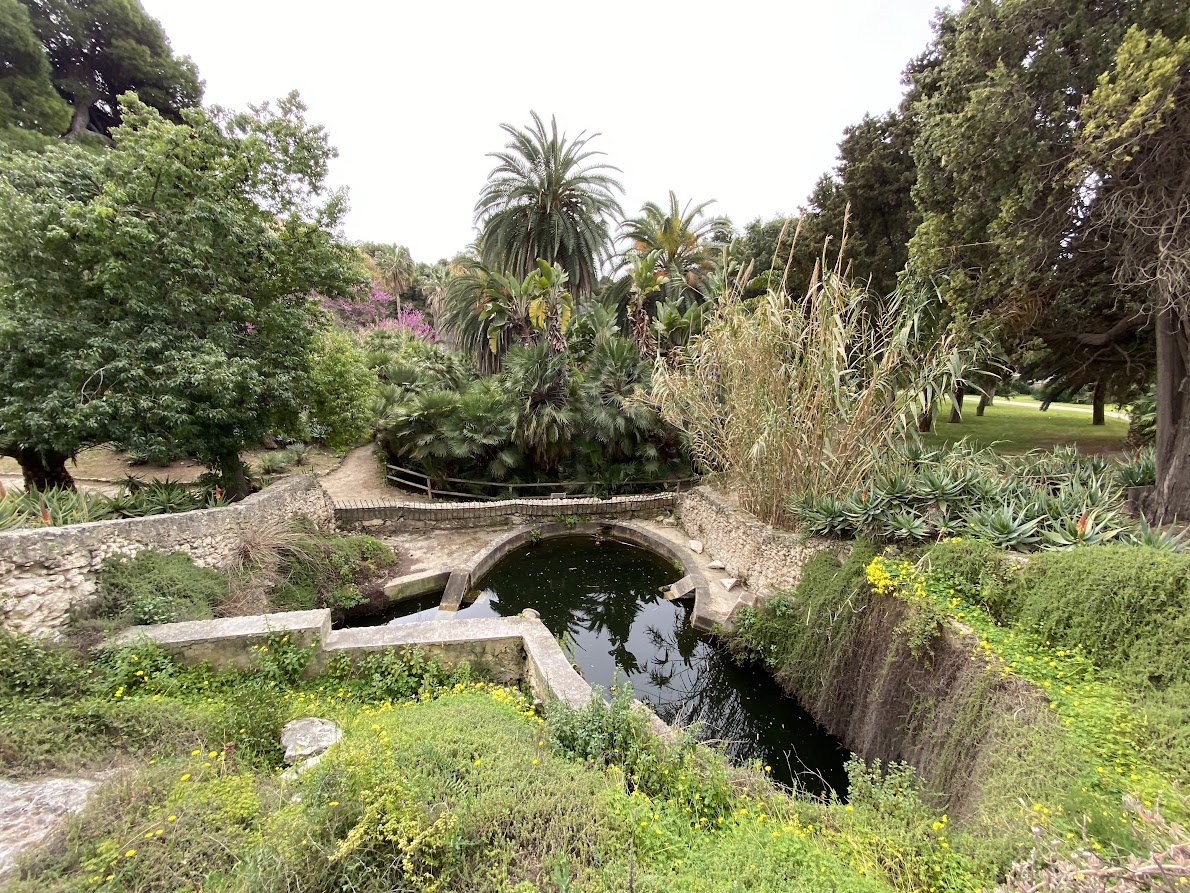
Historic gardens
MONSERRATO PARK – SASSARI. Monserrato Park, located on the immediate edge of the city of Sassari, has great symbolic and historical value, as the entire property was undoubtedly the most important noble property of the city. In the 17th century, the current park was a simple farm near the city, in 1758 the Deliperi family built a residence and a small church in it, and already then the park gate held the inscription “Monserrato”. In the second half of the 19th century, the park was taken over by Giovanni Antonio Sanna, an entrepreneur from Sassari, who tried to strengthen its aesthetic aspect, and thus the park acquired its current neoclassical layout. He created a true work of art, conceived as an integrated system of architecture and nature, with many artefacts of architectural value such as the Tempietto della Acque, the Nymhaeum, the Tower and the Vasca del Belvedere in the neo-Gothic style. Some modifications were made later by Giuseppe Giodano Apostoli, who managed the park after Sanna’s death on behalf of his daughter. His love for the Neo-Gothic style is evident from the construction of the Hunting Tower to the improvements to the water system. From the 1970s, twenty hectares of the estate began to be divided and sold in parts. However, the historical core, which included architectural works, managed to be preserved and remained the property of the city administration. The park is very easily accessible by car and bus, the entrance is located behind the Vasca delle Rane, which is an iconic point of the entire garden. The total area of the park currently consists of about 6 hectares of rich greenery and offers beautiful views of the city. Here you can admire noble specimens of palm trees, citrus fruits, carob trees, olive trees, pomegranates, magnolias, cypresses, willows, oaks, lindens, pines, chestnuts and mastic hedges.
THE GARDEN OF THE GARIBALDI MUSEUM ON THE CAPRERA ISLAND. The hero of two worlds, famous general Giuseppe Garibaldi, chose the island of Caprera from the La Maddalena archipelago for its naturalistic beauty and, thanks to his study of botanics, cultivated some of its parts. In his house, he created a garden of magnificent context, and the whole complex of the house and garden is currently the most visited museum in Sardinia. In the square, you can admire the pine tree that Garibaldi planted when his daughter Clelia was born (1867) and which grew to today’s monumental dimensions.
BENJAMIN PERCY´S ENGLISH PARK, BOLOTANA. Created by the Welsh engineer Benjamin Piercy according to the model of English gardens, the park covers more than three thousand hectares between the Campeda and Marghine plateaus and includes the church and village of Santa Maria de Sauccu. Through a tree-lined alley, you enter the park that surrounds the Piercy Villa, built on two floors in the English colonial style. Here you can admire lush “local” trees and plants integrated in a skillful interplay of open spaces, avenues and dense forests, as well as majestic exotic plants from all over the world.
SAN LEONARDO SIETE FUENTES´PARK, SANTU LUSSURGIU. In the historic region of northwestern Sardinia, in Monfiterro, you will find a 5-hectare park and the medieval village of San Leonardo de Siete Funtes, founded in the 12th century on seven springs of mineral water. Nowadays, rather a “ghost village” is surrounded by centuries-old oak and chestnut forests, in the charming strip of the territory of Santu Lussurgiu. A walk between pools and springs will take you to the imposing s’Istrampu de Sos Molinos waterfall, about 1 km away.
AYMERICH PARK, LACONI. The largest urban park in Sardinia, on the border between the provinces of Oristano and Nuoro, is a botanical paradise with rare plants and a place for nature and trekking lovers. The author of the authentic nature reserve with an area of 22 hectares is Don Ignazio Aymerich Ripoll, a botanist who in the mid-19th century imported rare plants from each journey outside the island. In the heart of Laconi, a village 60 km from Oristano and 90 km from Cagliari, you will experience a fresh and lively atmosphere on the routes in a lush grove of holly and winter oaks, olive and carob trees, which are interspersed with natural hollows, streams, waterfalls and lakes. Here you can admire the extraordinary number and variety of orchids, including the native Ophris Iaconensis and sardianis. Among the alleys of trees, you will come across curious forms of pyracantha coccinea and collecti cruciata plants, whose leaves resemble warplanes, and exotic, majestic Lebanese and Himalayan cedars, trees of exceptional size. In addition to exotic trees, you will also see a little closer, but not quite common tree species, such as Corsican pine, forest beech, large magnolia and taxus baccata, nicknamed the “tree of death”. An invigorating and characteristic feature of the park is water, which flows abundantly through the park throughout the year and creates a large waterfall, one of the park’s many attractions. In addition to natural beauty, the park will also take you into history, when the ruins of a medieval castle, built in the 13th century, appear before your eyes. The castle controlled the borders between the Judicates of Arborea and Cagliari and was the main protagonist in many conflicts between the two kingdoms. Its main tower was rebuilt into a prison around the 18th century. Remaining in history, when visiting the park, don’t miss the cave, which was used as a shelter from bombing during the Second World War.
BOTANIC GARDEN IN CAGLIARI. The 5-hectare botanical garden is managed by the University of Cagliari. The garden is currently home to about 2,000 species of plants, mostly from the Mediterranean, and also boasts many succulents and tropical plants. The garden was inaugurated in 1866 under the direction of Professor Patrizio Gennari and is divided into three main parts. The first presents Mediterranean plants, which also represent the three vegetation zones of Sardinia, and plants originating from Australia, California and Chile. The second part is dedicated to succulents, where you will find about a thousand plants of African and American origin, grown in greenhouses and outdoors, such as echinocereus, euphorbia, delosperma, mammillaria or prickly pear. The third part is focused on tropical plants. The botanical garden further presents to visitors total of 600 trees and 550 shrubs. The collection of palm trees (on an area of 4,000 square meters) with about sixty examples of Euphorbia canariensis is worth special attention. The entire area of the garden is also of considerable archaeological importance, thanks to the findings of cisterns and wells from the Roman period.
